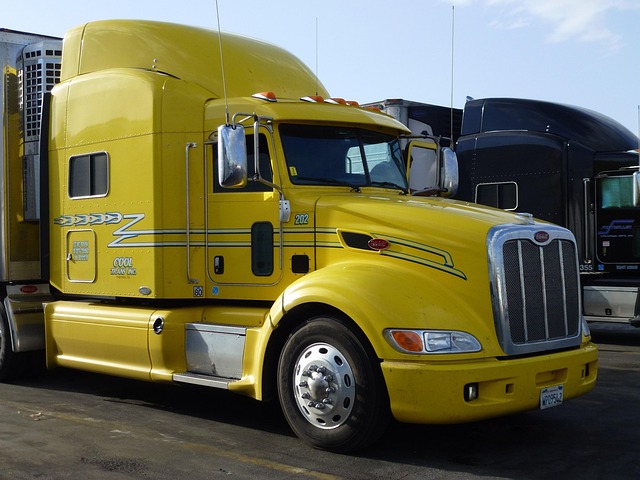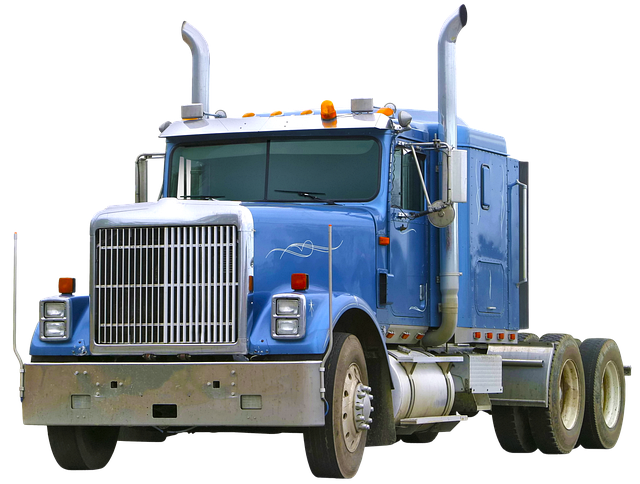Looking to register your car in California? This comprehensive guide walks you through every step, from understanding eligibility requirements for car registration in California to completing the vehicle registration application process. We’ll also cover essential documents needed for a successful DMV VIN verification and how to pay the required fees. Make sure to have all your necessary documents ready before scheduling a visit to your local California DMV office.
- Understand Eligibility Requirements for Car Registration in California
- Gather Necessary Documents for DMV VIN Verification
- Schedule and Visit Your Local California DMV Office
- Complete the Vehicle Registration Application Process
- Pay the Required Fees and Receive Your Registration Documents
Understand Eligibility Requirements for Car Registration in California

Before registering your car in California, it’s crucial to understand the eligibility requirements. To start, your vehicle must be legally imported and meet all emissions standards set by the state. Additionally, you’ll need to undergo a DMV VIN verification process, which involves providing detailed information about your car’s history and undergoing a thorough inspection to ensure it complies with safety regulations.
A valid registration requires accurate documentation, including proof of insurance, a completed application form, and payment of applicable fees. If you’re opting for a mobile VIN verification service or conducting a vin inspection yourself, ensure the process is approved by the California DMV to avoid any issues during the registration procedure.
Gather Necessary Documents for DMV VIN Verification

To complete the DMV VIN verification process smoothly, ensure you have all the essential documents ready before visiting your local California Department of Motor Vehicles (DMV) office or even before scheduling an appointment for a mobile vin inspection. The primary document required is the vehicle’s Certificate of Title, which serves as proof of ownership. Additionally, bring along the Vehicle Registration form, both original and updated versions, to ensure all information aligns accurately.
A valid driver’s license is mandatory, and if you’re transferring registration from another state, a notarized Power of Attorney might be needed. For a mobile vin verification, it’s helpful to have your vehicle’s unique 17-character Vehicle Identification Number (VIN) readily available. This number can typically be found on the vehicle’s title, registration documents, or on the driver’s side dashboard near the window.
Schedule and Visit Your Local California DMV Office

To register your car in California, the first step is to schedule and visit your local DMV office. It’s recommended to make an appointment online or by phone to avoid long wait times. Upon arrival, bring all necessary documents, including proof of ownership, vehicle registration from the previous state (if applicable), and valid identification. The DMV will conduct a VIN (Vehicle Identification Number) verification as part of their inspection process.
During your visit, you’ll need to undergo a vin inspection where the DMV official will cross-check your car’s details with the information provided during registration. If using a mobile vin verification service, ensure it’s from a reputable source as this can expedite the process. Remember to have all required forms filled out accurately to streamline your car registration in California.
Complete the Vehicle Registration Application Process

To complete the vehicle registration application process in California, gather all necessary documents and visit a DMV office or use their online services. Start by filling out Form DV-140, which is the Vehicle Registration Application. This form requires detailed information about your vehicle, including its make, model, year, and unique identifier – the Vehicle Identification Number (VIN). Accurate VIN entry is crucial for successful registration and dmv vin verification.
Ensure you have a valid driver’s license, proof of insurance, and any applicable fees ready before heading to the DMV. For a more convenient and time-saving option, consider utilizing mobile vin verification services that offer remote inspection and registration assistance. These mobile vin verifiers can provide on-the-go solutions for those who prefer not to visit a physical location.
Pay the Required Fees and Receive Your Registration Documents

After completing your vehicle’s inspection, it’s time to pay the required fees and finalize the registration process. The California Department of Motor Vehicles (DMV) will verify the Vehicle Identification Number (VIN) as part of their standard procedure. This step is crucial to ensure the accuracy of your vehicle’s details and its compliance with state regulations. You can opt for a convenient mobile vin verifier or arrange for a traditional inspection at a DMV office, whichever suits your needs best.
The fees involved typically cover registration costs, title transfer charges, and any additional taxes applicable to your vehicle. Upon successful payment, you will receive your registration documents, including a certificate of registration, which proves ownership and allows you to legally operate your vehicle on California roads. Keep these documents secure for future reference and proof of ownership.
Registering a car in California is a straightforward process, ensuring your vehicle is safe for road use. By understanding the eligibility requirements, gathering the necessary documents for DMV VIN verification, visiting your local California DMV office, completing the registration application, and paying the required fees, you’ll have your vehicle registered promptly. Remember to keep your registration up-to-date to avoid any legal issues and enjoy a smooth driving experience in the Golden State.
